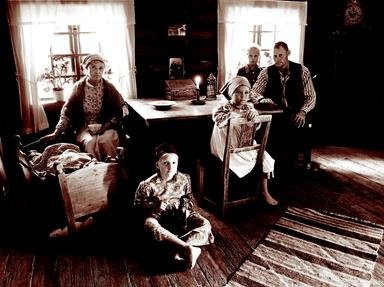Quiz Answer Key and Fun Facts
1. This man from Buffalo was the last Whig president and succeeded to the office in 1850 after the death of Zachary Taylor.
2. The Compromise of 1850 dealt with the issue of how slavery was to be handled in the territories acquired during the Mexican War. The Compromise of 1850 created the territories of New Mexico and Utah which were allowed to vote on the issue of whether slavery would be permitted. What new free state entered the Union as part of the Compromise of 1850?
3. Master showman P.T. Barnum promoted a concert series in the early 1850s by what opera singer known as the Swedish Nightingale?
4. This book written in 1852 became the best selling novel of the 19th century.
5. In the presidential election of 1852, the Whig candidate, Mexican War hero Winfield Scott, was defeated by this man, the Democratic nominee, a lawyer, and Mexican War soldier from New Hampshire.
6. The passage of the Kansas Nebraska act in 1854 allowed the two states to enter the Union and vote on whether to allow slavery. The result was "Bleeding Kansas" during which pro- and anti-slavery forces in the state engaged in armed conflict. What were the names of the pro- and anti-slavery forces that fought for control of Kansas in the 1850s?
7. The Republican Party was formed in Ripon, Wisconsin in 1854 from former members of the Whigs and the short lived Free Soil Party. What was the primary issue around which the Republican Party was organized?
8. James Buchanan won the Democratic nomination in the presidential election of 1856 over incumbent president Franklin Pierce. Who was the first presidential nominee of the newly created Republican Party that was defeated by Buchanan in the general election?
9. The 1857 Supreme Court case Dred Scott vs. Sandford concerned a slave who claimed that, because he had been taken by his master into free territory, he should be considered free. The Court ruled that slaves were not citizens and thus Scott was not entitled to file suit. This court ruling also nullified what previous, important piece of legislation?
10. In October 1859, John Brown raided a federal armory in the hopes of starting a slave rebellion. Where was this armory located?
Source: Author
LIBGOV
This quiz was reviewed by FunTrivia editor
bloomsby before going online.
Any errors found in FunTrivia content are routinely corrected through our feedback system.

